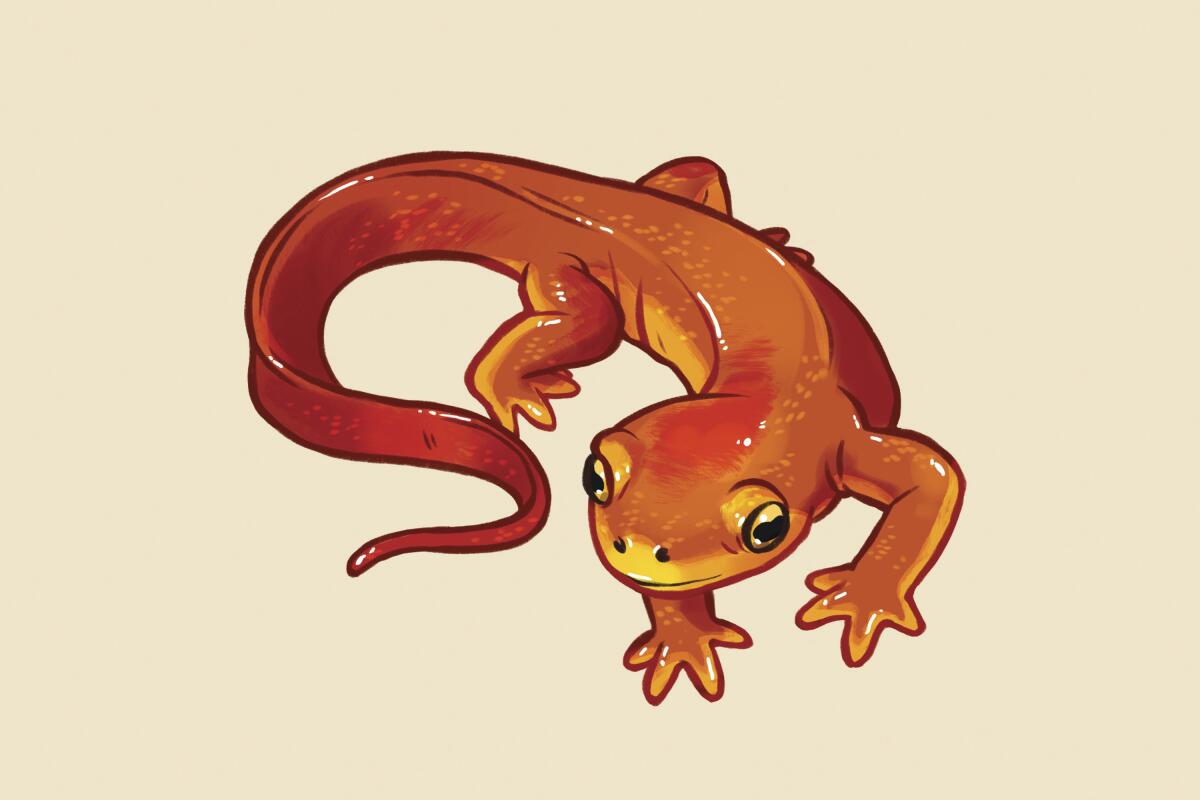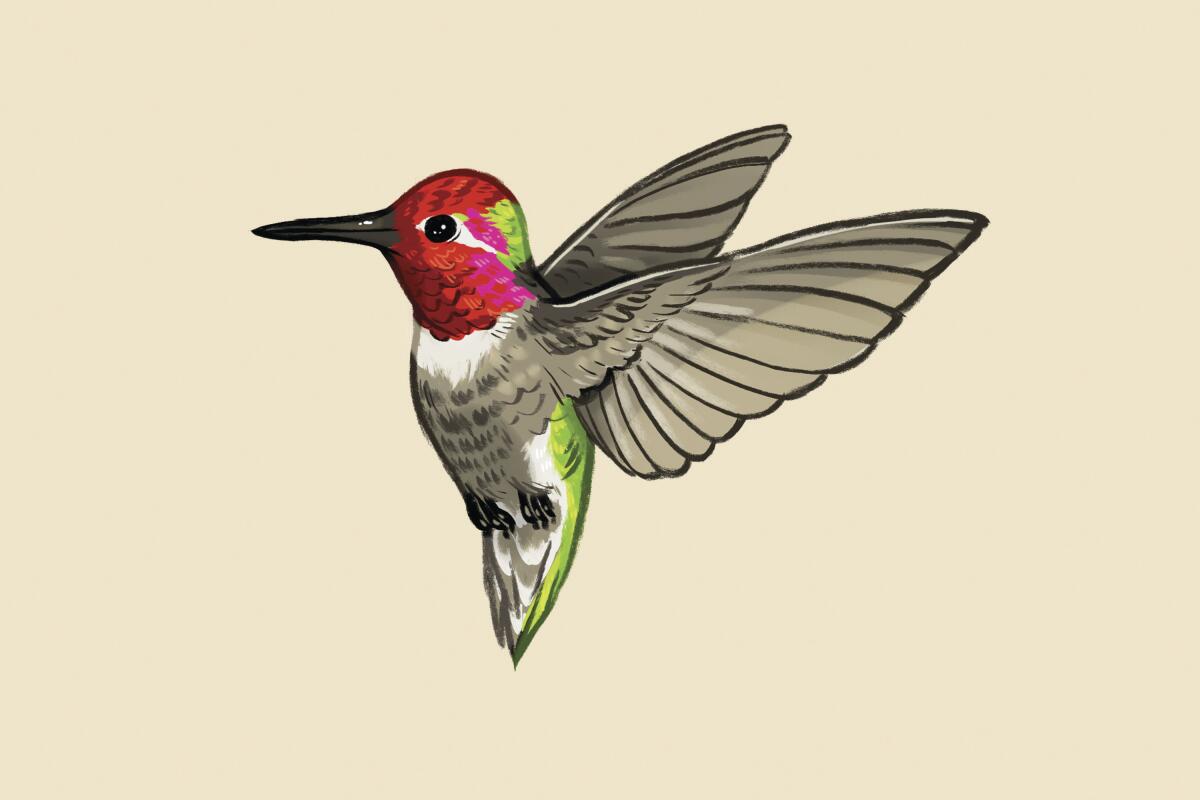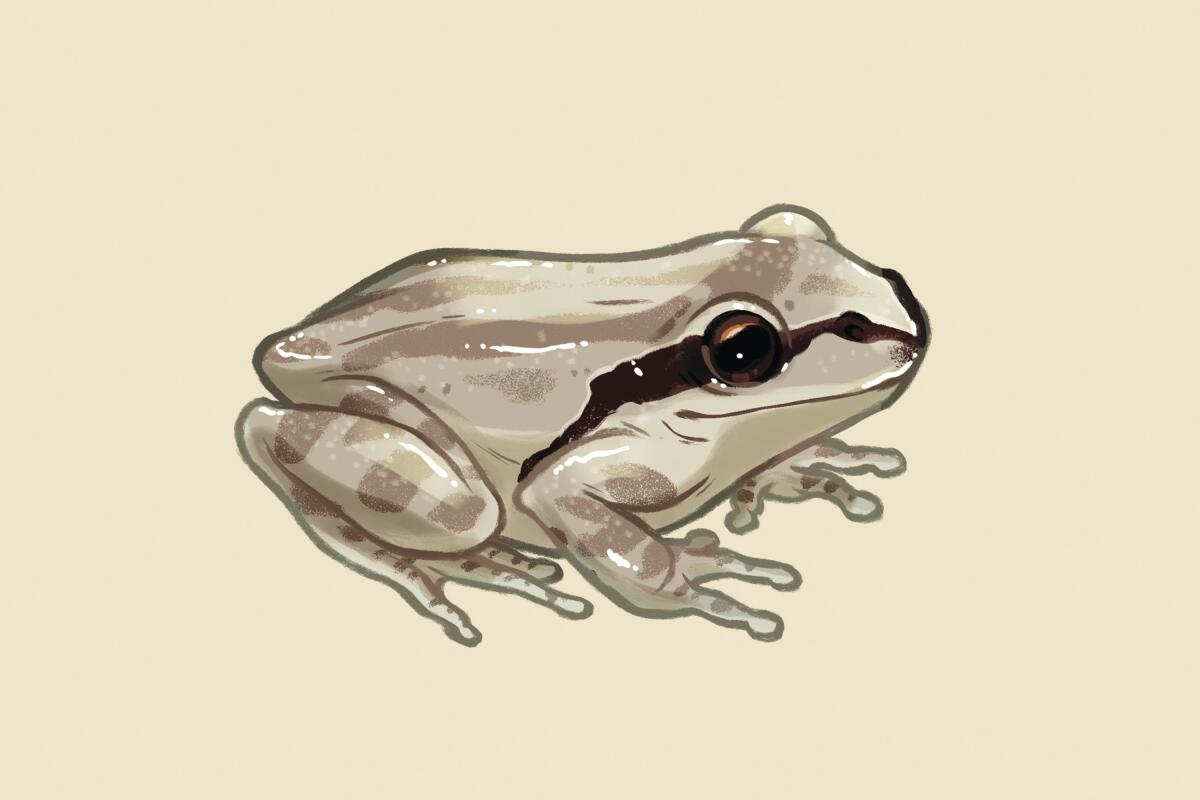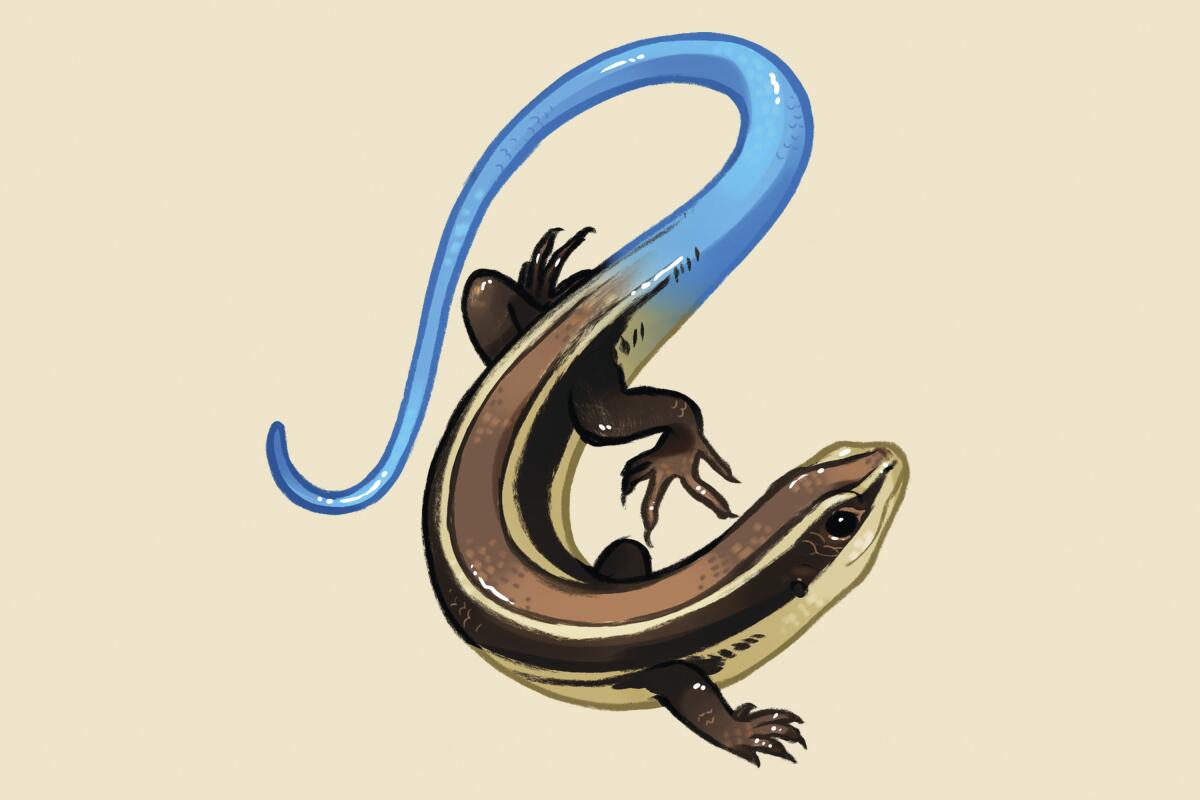Sign up for The Wild
We’ll help you find the best places to hike, bike and run, as well as the perfect silent spots for meditation and yoga.
You may occasionally receive promotional content from the Los Angeles Times.
Mary Forgione launched and wrote The Wild, a weekly newsletter featuring insider tips on the best of Southern California beaches, trails, parks, deserts, forests and mountains.
Jeanette Marantos is a Features reporter focused primarily on plants, gardening and Southern California’s changing landscapes for the Los Angeles Times. She also writes the monthly L.A. Times Plants newsletter, which includes a calendar of upcoming plant-related events. Email calendar submissions or plant-related story ideas to jeanette.marantos@latimes.com for consideration.















